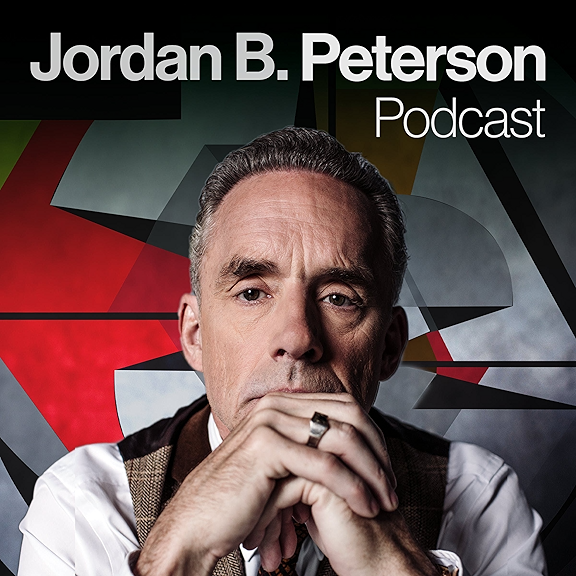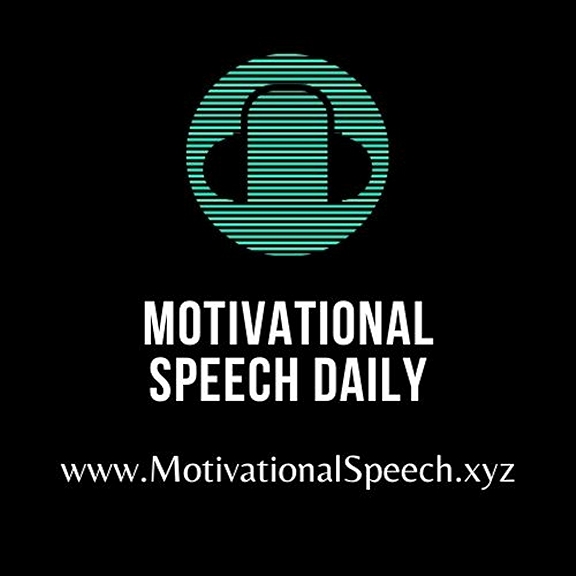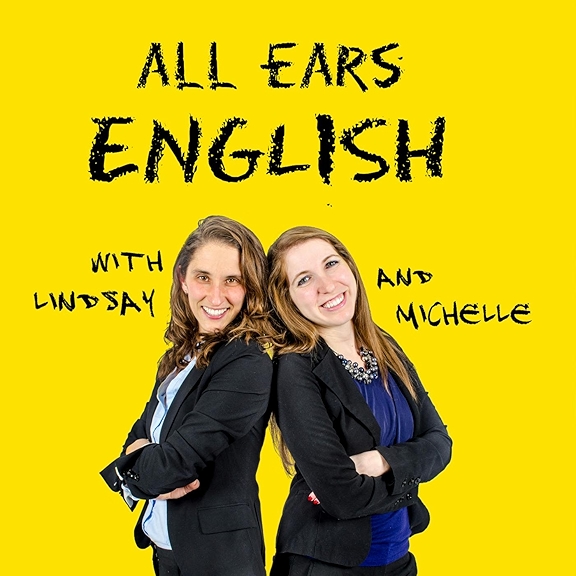
ML/EL E3: Diagnosing dyslexia in multilingual learners, with Francisco Usero-González
As we continue our miniseries on English learners and multilingual learners Francisco Usero-González, Ph.D. (Paco, as I call him), a renowned expert in bilingual education and dyslexia intervention, joins Susan Lambert to discuss diagnosing dyslexia in multilingual learners and the intersectional understanding it requires. To accurately approach observation and assessment, educators need all the different parts of their own identity to create a complete picture. Usero-González discusses how moving from Spain to the United States led him to champion professional development that teaches educators to have a linguistic, cognitive, and cultural understanding of students. Together, Susan and Usero-González also touch on the ways in which symptoms of dyslexia and the natural process of language acquisition can be confused, how to diagnose dyslexia in multilingual learners, what dyslexia looks like across languages, and how translanguaging is especially helpful for multilingual learners with dyslexia.
Show Notes:
- Watch: TEDxSHSU Bilingual Learners, Dyslexia, and Inclusive Education
- Read:Translanguaging by Ofelia García and Sara Vogel
Quotes:
“We need to promote collaboration, because we need to talk to the different teachers that the student has in order to see if it is indeed a second language acquisition issue or it belongs to the patterns, the symptoms, that a student with dyslexia might have.” — Francisco Usero-González
“It is very important for us to have this communication with parents and teachers and have them as our best allies. They are going to give us a lot of information that we maybe cannot track during our classroom time.” — Francisco Usero-González
“Dyslexia is something beyond a language. It is something that our students bring with themselves. We need to give them all the tools and resources in order to help them overcome those symptoms.” — Francisco Usero-González
Episode timestamps*
2:00 Introduction: Who is Francisco Usero-González?
08:00 Going from Spain to the US
09:00 Dyslexia and multilingual learners, why this is an important topic
10:00 Holistic professional development: Linguistic, cognitive, and cultural understanding of students
18:00 Intersection of dyslexia and language acquisition
27:00 Diagnosing dyslexia in multilingual learners
33:00 Symptoms of dyslexia: Spanish vs English
40:00 Dyslexia across languages
48:00 Translanguaging
54:00 Final thoughts: Being a human being
*Timestamps are approximate, rounded to nearest minute




















